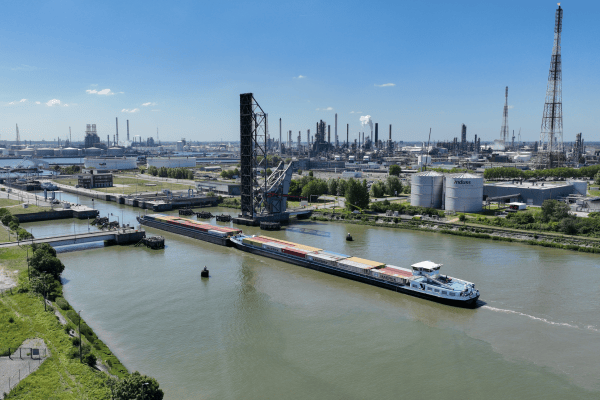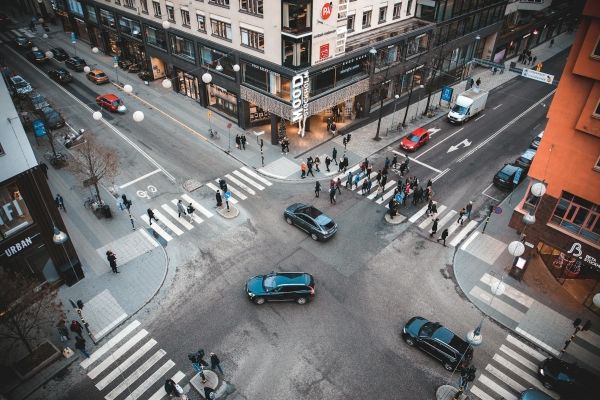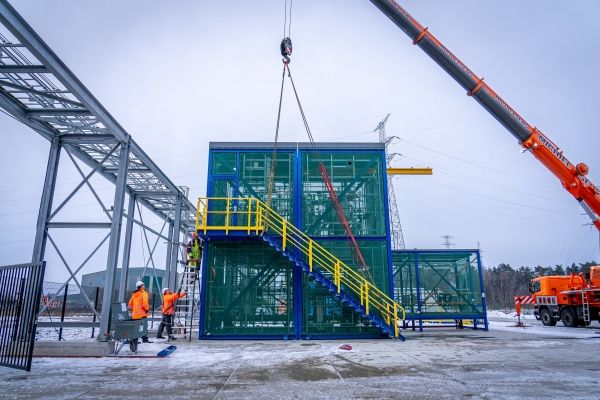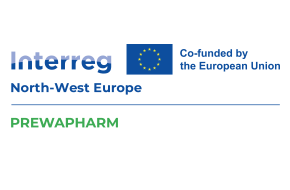A source-oriented approach to tackling medicine residues in our water
PREWAPHARM
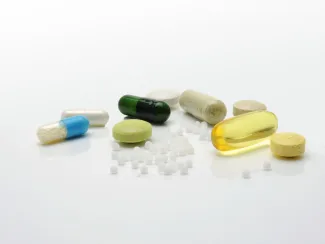
The Interreg NWE project PREWAPHARM aims to reduce the environmental impact of pharmaceutical residues in surface water—and by extension, in drinking water. The project demonstrates actions and measures to prevent pharmaceutical residues from entering surface water. In other words, we address this issue at the source, using both technological solutions, such as decentralized water purification, and non-technological approaches, such as changes in prescribing behavior.
The cross-border collaboration of water and pharmaceutical experts from Belgium, the Netherlands, Luxembourg, Germany, France, Switzerland, and Ireland ensures maximum knowledge transfer and exchange. This will lead to reduced pharmaceutical residues in the water across Northwest Europe.
Pharmaceutical Residues in Wastewater
When patients use medication, residues of these drugs end up in wastewater through urine and feces. Not all of these pharmaceutical residues are currently effectively removed in wastewater treatment plants. As a result, they enter surface waters, where they can have undesirable effects. Surface water is also used as a source of drinking water, which means this issue also impacts the drinking water sector.
The PREWAPHARM project addresses this problem by taking measures as close to the source as possible, such as in hospitals or with doctors and pharmacists. We also strive for maximum complementarity with other projects like Schone Waterlopen door O3G, an Interreg Vlaanderen-Netherland project (Dutch only).
We tackle the problem at its source...
By taking measures as close to the source as possible, we can ensure that pharmaceuticals no longer end up in surface water, eliminating the need to remove them afterwards. Within PREWAPHARM, we are researching and demonstrating the following pharmaceutical measures, among others:
- Adjusting doctors' prescribing behavior, for example through medication cards
- Initiating awareness and behavior changes in patients through targeted measures
- Raising awareness among the general public
We will compile these solutions into practical toolboxes and models that can be implemented throughout the region.
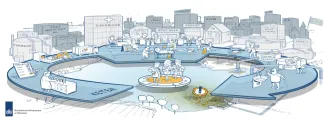
... but also afterwards
But what if medicine residues still end up in the water? What measures can we take then? PREWAPHARM investigates measures at the following levels:
- Institution level: a source-oriented approach for specific medicines originating from an entire healthcare institution
- Department level: a source-oriented approach for specific medicines used in a particular department within a healthcare institution
- Installation level: even though small-scale water treatment installations (and overflows) are not currently covered under the EWTD with regard to micropollutants such as medicine residues, action is still being taken at this level
At these three levels, we test and demonstrate innovative (decentralized) water purification technologies. PREWAPHARM also includes knowledge from other projects and best practices from other countries, knowledge sharing and dissemination, education, and the development of transnational strategies to minimize medicine residues in water. The partners will also combine their expertise through the establishment of a Northwest European Center of Medicine Residues.
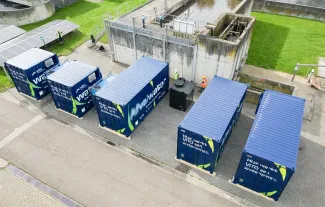
VITO's role in PREWAPHARM
As a project partner, VITO is responsible for coordinating the water technology demonstrations. In addition to a coordinating role, VITO will also deploy its own state-of-the-art pilot installations to remove pharmaceuticals from (waste)water as close to the source as possible at demonstration locations. Moreover, we will support knowledge dissemination as well as the development of regional action plans.
Context
The project is co-financed by the Interreg North-West Europe Programme with a total budget of 9.8 million euros, of which 5.9 million euros is provided by the European Regional Development Fund (ERDF). The project runs from 11 December 2024 to 31 December 2028. PREWAPHARM is carried out by the following partners:
- Aquafin (Belgium)
- German Center for Neurodegenerative Diseases (Germany)
- Institut Pasteur de Lille (France)
- KU Leuven (Belgium)
- Luxembourg Institute of Science and Technology (Luxembourg)
- Obseq (The Nederlands)
- RDI Hub (Ireland)
- Rijksuniversiteit Groningen (The Nederlands)
- RIVM (The Nederlands)
- TCNN (The Nederlands)
- Trinity College Dublin, The University of Dublin (Ireland)
- Universiteit Gent (Belgium)
- Universitair Medisch Centrum Groningen (The Nederlands)
- Universität Münster (Germany)
- Université du Luxembourg (Luxembourg)
- Universitair Ziekenhuis Gent (Belgium)
- Zorgbelang Groningen (The Nederlands)
- VITO (Belgium)
